US commercial crude oil inventories dropped -2.1m barrels in the week ending November 12, versus expectation of 1m rise. At 433.0m barrels, oil inventories are about -7% below the five year average for this time of year.
Gasoline inventories dropped -0.7m barrels. Distillate inventories dropped -0.8m barrels. Propane/propylene dropped -0.2m barrels. Total commercial petroleum inventories dropped -8.9m barrels.
WTI crude oil has little reaction to the data. It’s still extending the consolidation pattern from 85.92 short term top. For now, we’d continue to expect strong support from 78.54 to contain downside to bring rebound. This level is slightly above 55 day EMA at 78.47.
Medium term up trend should resume sooner or later and the real test is from 61.8% projection of 33.50 to 77.16 from 61.90 at 88.88. However, firm break of 78.54 will turn near term outlook bearish for deeper pull back into 61.90/77.16 support zone.




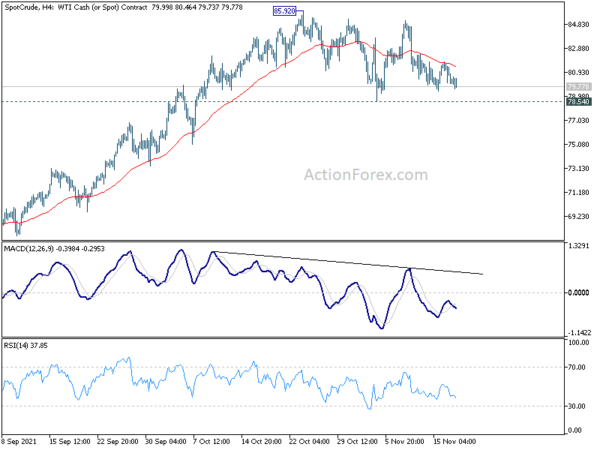
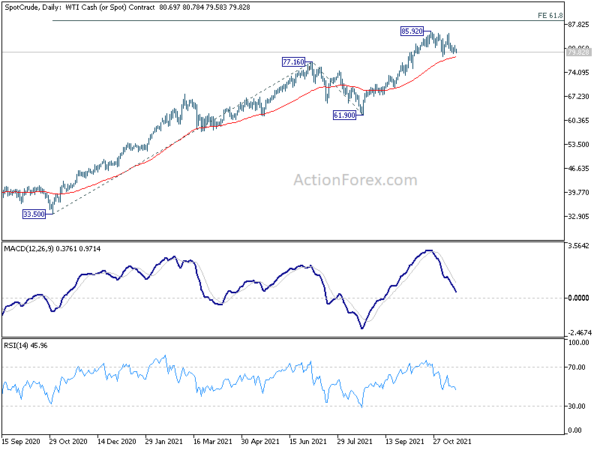
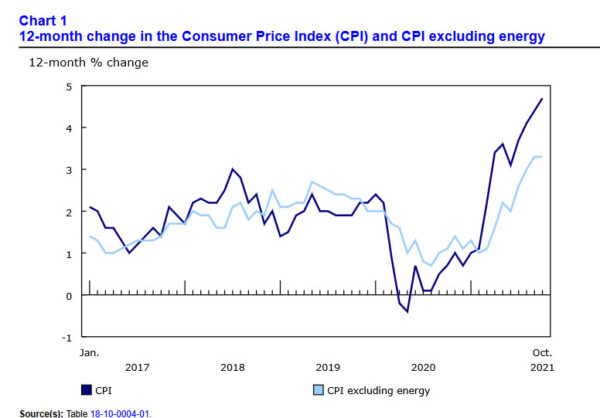
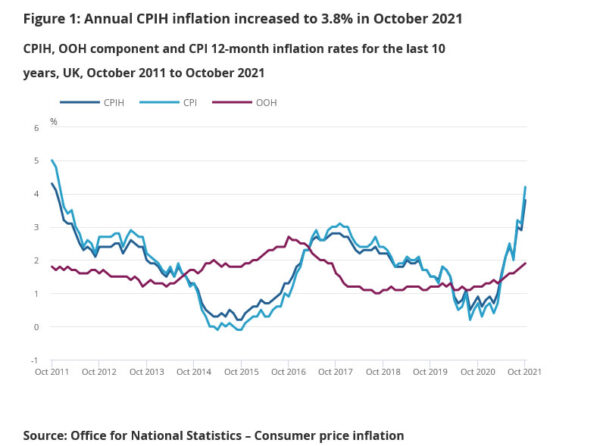

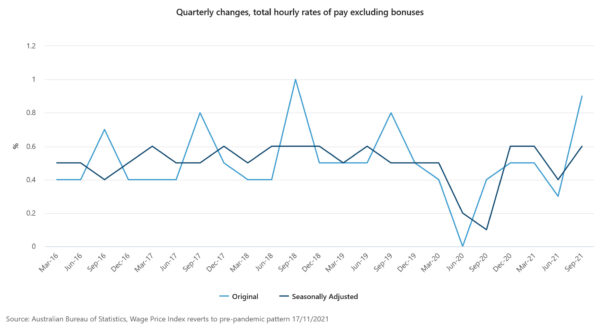
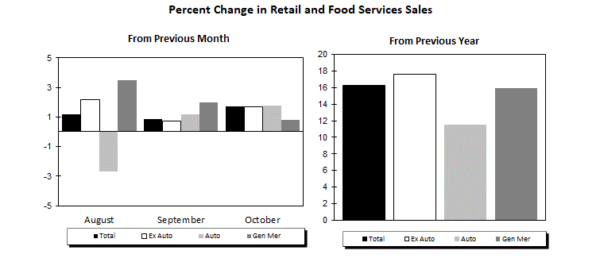
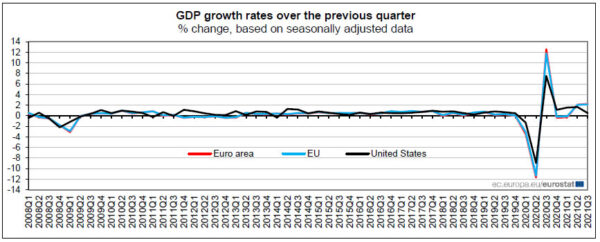
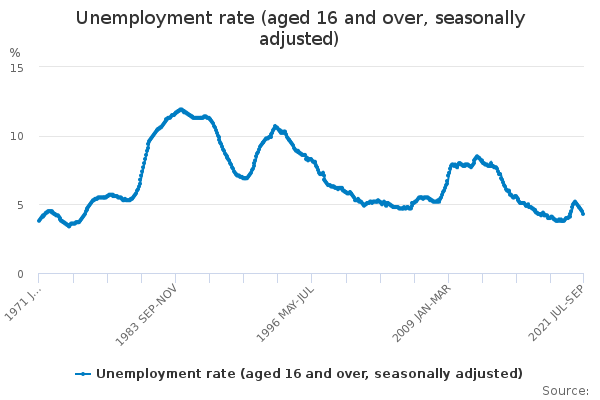
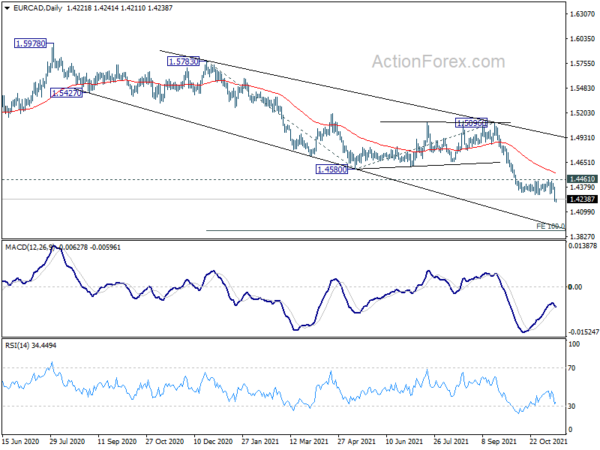
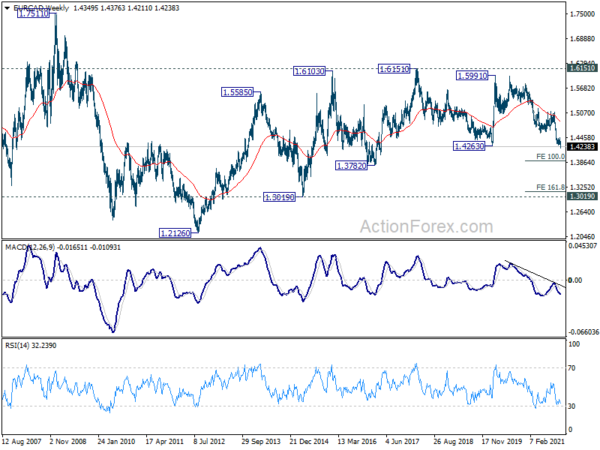



Fed Evans: Going to take us until the middle of next year to complete tapering
Chicago Fed President Charles Evans said in a virtual conference, “we learned back in 2013 that tapering these asset purchases was preferable for financial market functioning; that if we did a sudden stop on our purchases that wasn’t well received. It’s going to take us until the middle of next year to complete that”.
“It’s going to take us until the middle of next year to complete that; we are going to be mindful of inflation; we’re going to be looking to see how much additional accommodation is boosting inflation; if indeed that is the case, we’ll be thinking about when the right time to start raising rates will be,” he added.